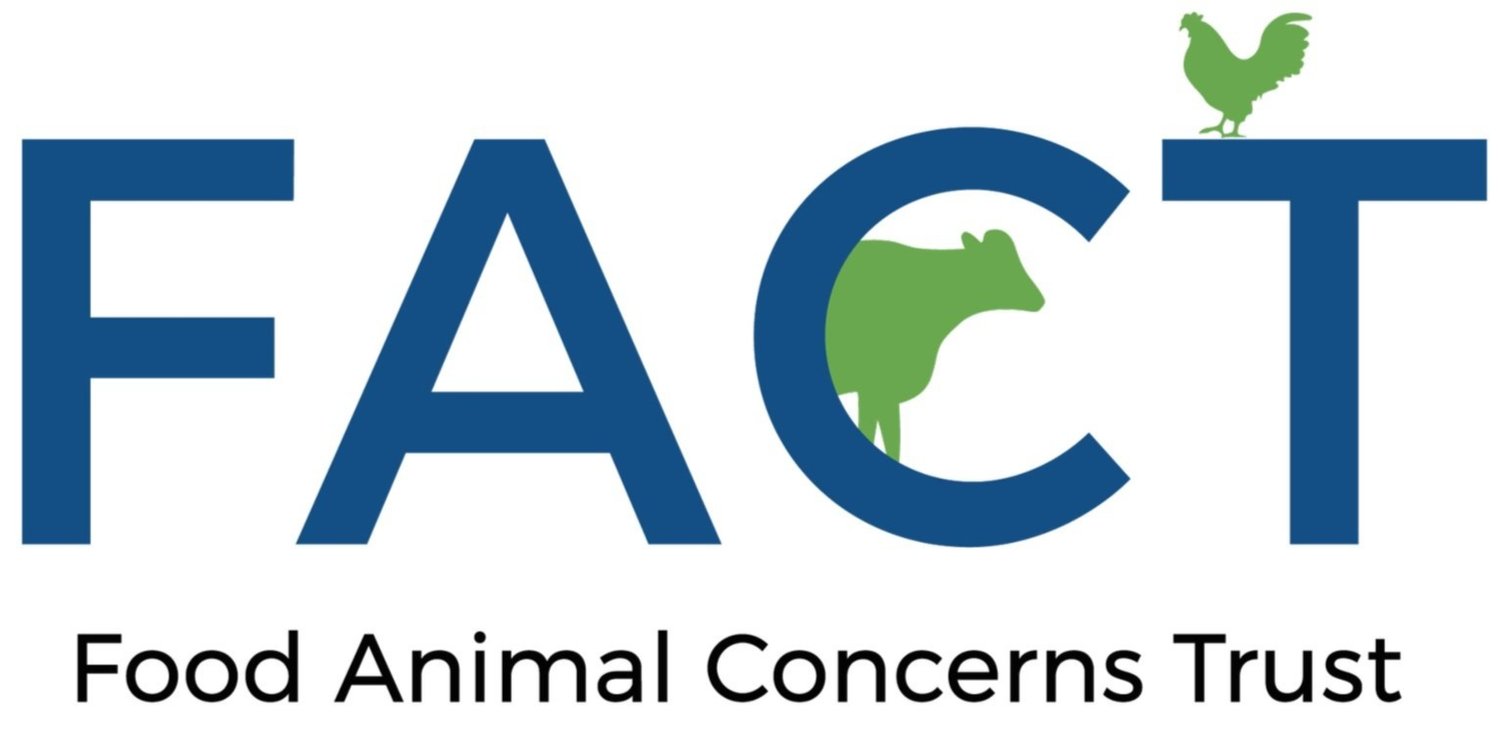As the FDA Winds up its Five-Year Stewardship Plan, New Data Indicates the Potential for Large Increases in Antibiotic Use
By Steve Roach, Safe and Healthy Food Program Director
We are fast approaching the 100th anniversary of the discovery of antibiotics. In 1928, Alexander Fleming discovered the antibacterial properties of penicillin. That discovery revolutionized medicine by making previously untreatable bacterial infections easily treatable. Now after less than 100 years, those treatment gains are being lost to the spread of antibiotic-resistant superbugs. While penicillin is still used today and remains effective for treating some infections, it simply no longer works in many others, leaving doctors with little choice but to reach for alternative, newer antibiotics. Too often these newer antibiotics also fail, leaving serious, difficult, and sometimes impossible to treat infections. Resistance spreads because we overuse antibiotics both in human medicine and to produce food animals. However, many more antibiotics are used in animals than in people.
For over two decades, FACT has been calling on the U.S. Food and Drug Administration (FDA) to do more to stop antibiotic overuse on farms. We had a huge victory in 2017 when the FDA finally stopped allowing animals to be fed antibiotics related to drugs used in human medicine (medically important antibiotics) solely to make them grow faster. That action combined with our efforts to get companies to demand their meat suppliers reduce antibiotic overuse led to an over 40% drop in sales of antibiotics used to produce food animals between 2015 and 2017.
That reduction was good but public health advocates and the FDA felt it did not go far enough. Even with the drops in sales, cattle and swine producers in the U.S., were using many more antibiotics per pound of meat produced compared to European countries that have done more to reduce overuse and much more per pound compared to the U.S. chicken industry.
Recognizing the need to do more, the FDA released, in September 2018, a Five-Year Plan for Supporting Antimicrobial Stewardship In Veterinary Settings. The plan wraps up this year, but how well did it do in terms of improving stewardship? The FDA gave itself a B+ (88%) on completing tasks for the first three years in a report last year. FACT thought a D- would be more appropriate.
The FDA was just looking at actions completed when it gave itself a B+. If we are going to tackle resistance we need to stop antibiotic overuse, since this is driving the development and spread of resistance. So, what does the data tell us about the FDA’s efforts to reduce overuse? The latest sales data we have are from 2021 and they show an almost eight percent rise in the sales of antibiotics from 2017 to 2021 during the period when the FDA plan was in effect. So clearly FDA efforts regarding antimicrobial use are not going well.
The FDA releases sales data in December, so we won’t see what happened in 2022 until then, but new data suggests it will not look good. Earlier this year Hormel Foods released data on antibiotic use in its turkey and pig supply for 2022. For turkey, the data look good with an 8% reduction in medically important antibiotic use from the previous year, after a very large drop between 2020 and 2021. For Hormel pork, the picture does not look good with significant increases in use between 2021 and 2022. For one of the farms for which Hormel provides data, use tripled between 2018 and 2022 with a large rise in the last year.
While this is just a part of a single company’s pig supply, we also have new data from California that shows increases in antibiotic use between 2021 and 2023. California’s legislature passed a law in 2015 requiring the state Department of Food and Agriculture (CDFA) to begin collecting and reporting data on medically important antibiotics administered in food. This approach is similar to what FACT has been calling for on a national level, though we would like to see more detailed reporting than currently provided by the CDFA.
The new California data show a 70% rise in sales of feed containing medically important antibiotics between 2018 and 2022 with 30% of the increase occurring over the last year. In California, most of the medicated feed goes to cattle. If these trends hold for the country as a whole, it will be just another indicator that the FDA’s five-year stewardship plan did not do much, if anything, to improve stewardship. This is not surprising because the plan had very little in it that could be expected to impact how antibiotics are used.
The FDA has committed to a new five-year plan, but if it does not include actual steps to promote overall antibiotic use reductions, the 100th anniversary of the discovery of penicillin will be here and antibiotic use in U.S. animal agriculture will continue to climb upward.


